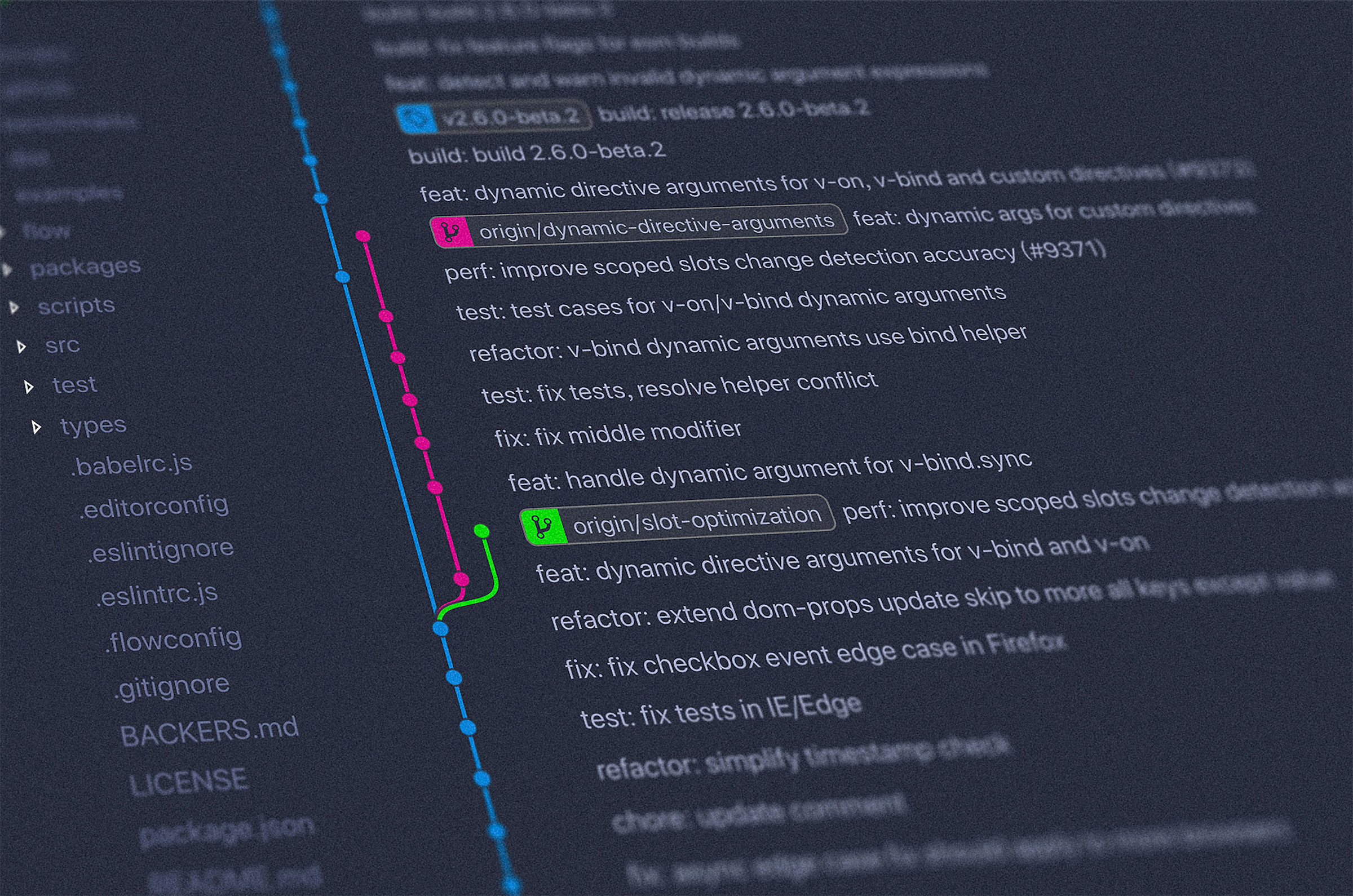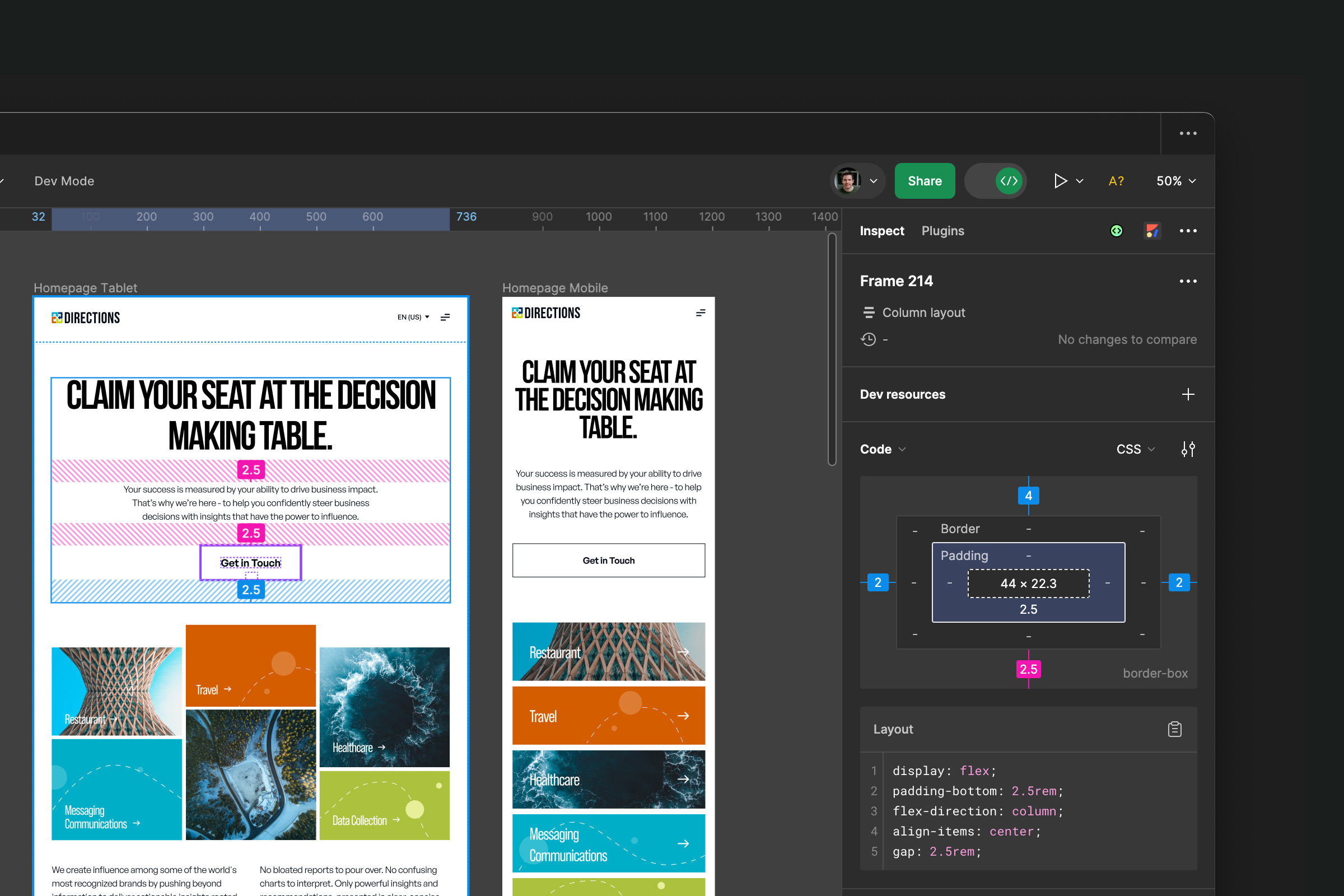Insights
Gestalt Principles: Shaping User Experience Like a Boss
When designing user interfaces, a significant aspect of the process is understanding how users perceive and organize visual information. Enter the Gestalt principles—an influential set of laws that describe how our brains interpret grouped elements and patterns. Developed by German psychologists in the 1920s, these principles explain much of how we instinctively navigate digital interfaces today.
Whether you’re a seasoned designer or a newcomer, learning to apply Gestalt principles will empower you to create more intuitive, user-friendly designs that align with natural human perception.
What Are Gestalt Principles?
The term “Gestalt” comes from German, meaning “form” or “shape.” The Gestalt psychologists posited that humans perceive objects not as isolated elements but as part of a larger, interconnected whole. This foundational insight is invaluable for UI/UX design, where understanding visual grouping and cognitive processing can make a significant difference in the user experience.
The main principles of Gestalt that UI/UX designers often employ include similarity, proximity, continuity, closure, and figure-ground. Let's break down each principle, explore how it works in design, and look at real-world examples.
The Fab Five of Gestalt
1. Similarity: Twins in Design
When elements share visual characteristics, our brains perceive them as related. Similarity is like the identical twins of the design world: if objects look alike, users will associate them. This principle is commonly applied in creating cohesive design systems and maintaining visual consistency across an interface.
How to Use It:
- Style buttons or icons with the same shape, color, or typography if they have similar functions.
- Use consistent iconography for similar actions, such as save or delete.
- Group related navigation items using uniform design elements, such as color or shape.
2. Proximity: Cozy Up Your Elements
The principle of proximity is all about grouping through space. Items that are close to each other are perceived as related, while those separated by whitespace are seen as distinct. Proximity helps organize content and reduces cognitive load by making relationships between elements obvious.
How to Use It:
- Group related items in forms or navigation menus so users intuitively understand they belong together.
- Use whitespace strategically to separate unrelated elements.
- Create visual groupings for features such as sidebars, lists, and menu items.
3. Continuity: Smooth Operator
Continuity is the principle that our eyes naturally follow paths and curves. This principle helps direct attention through the interface, guiding users from one element to the next in a smooth flow.
How to Use It:
- Use lines or paths to draw attention to key actions or content.
- Create a content flow that guides users through important areas.
- Arrange content in a sequence that naturally leads the eye from one section to the next.
4. Closure: Fill in the Blanks
The principle of closure allows our brains to complete partial shapes or images. Even if certain parts of an object are missing, we perceive it as a whole. This principle is a powerful tool in minimalist and icon design.
How to Use It:
- Design logos that suggest shapes without explicitly outlining them.
- Use partial borders or incomplete shapes to delineate sections.
- Utilize closure in animation, where users mentally fill in gaps as part of a loading sequence.
5. Figure-Ground: Pop That Foreground
The figure-ground principle is essential in distinguishing elements from their background. Users need to know which parts of the design are interactive or important, and this principle allows designers to emphasize focal points effectively.
How to Use It:
- Use contrast to make text or buttons stand out against the background.
- Highlight critical information or call-to-action buttons with overlays or contrasting colors.
- Create depth in the layout by using light and shadow, or blurring background elements.
Putting It All Together
When used thoughtfully, Gestalt principles can help you craft interfaces that feel natural and intuitive. Here are some ways to combine these principles:
- Navigation Menus: Use similarity and proximity to group related navigation links.
- Brand Logos: Apply closure and figure-ground to create memorable logos with minimal elements.
- Focus Areas: Highlight CTAs and active elements with figure-ground to draw attention effectively.
Combining these principles helps create a holistic experience that subtly guides users while making the interface feel cohesive and approachable.


























.jpeg)

.jpg)


.jpg)



.jpg)
